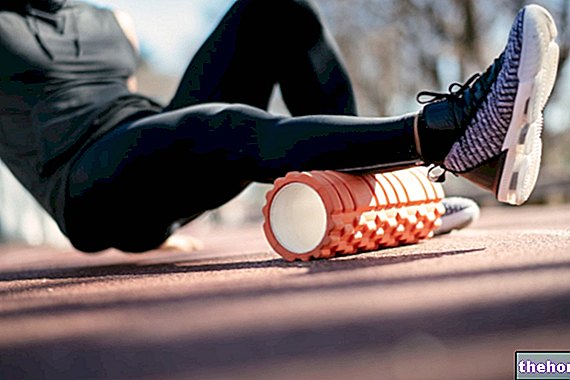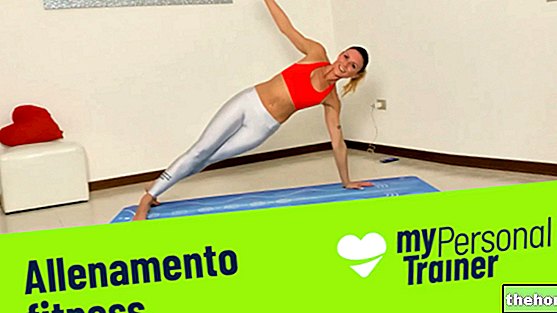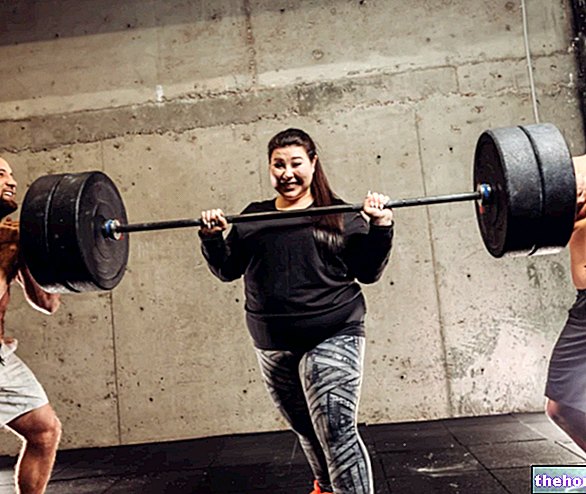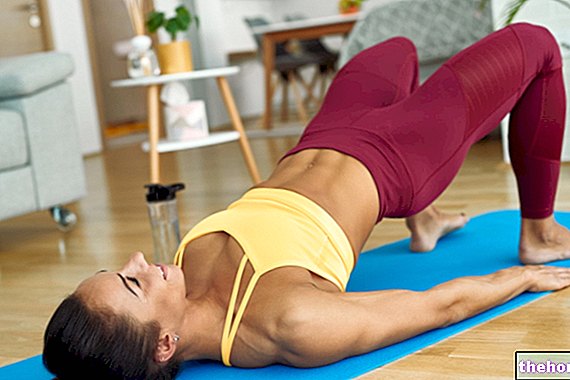The deadlifit in Italian is more commonly known as a barbell deadlift.
Precisely for this reason, including deadlifts in your training program, when you decide to work on strength, on building muscle mass and on improving performance, is certainly useful.
How it is done
In order to avoid back injuries, the deadlift must be performed correctly, starting with the distance between the feet and facing the bar. Then it must be grasped, trying to keep the spine straight and the neck in line with it.
At this point it is necessary to force on the legs, straighten the knees and lift the barbell off the ground, contracting the muscles of the buttocks and legs at the same time.
, given above all by the use of the barbell, which if handled by an untrained person or with an incorrect technique, can lead to muscle tears and other types of physical problems.
Also, deadlifting is not recommended for those who have an ongoing, even minor, injury or are recovering from it.
In all these cases it is better to avoid performing deadlift movements but this does not mean having to give up the benefits of this type of training. There are, in fact, exercises that mimic the deadlift and which, while not requiring the use of a barbell, can give identical results.
on one leg.This exercise primarily trains the glutes, hamstrings, and lower back, but also puts tension on the core, as well as improving balance and coordination.
Donkey kicks are also perfect for training the buttocks.
Buttock and thigh lift
This exercise exactly mimics the work of deadlifting and usually requires a specific machine. However, it can also be done free body, as long as there is a second person to help.
- Kneel on the floor.
- Ask a training partner to keep the person's ankles firmly on the ground.
- Slowly lower your torso to the floor, then lift yourself up using your hamstrings.
Such movements train the hamstrings and glutes and focus on "hip extension", just like during a deadlift.
Bridge
The bridge is an exercise that allows you to work effectively on the muscles of the buttocks.
- Lie on your back with your knees bent and feet fixed on the floor.
- Extend your arms to your sides.
- Push on your heels and lift your hips off the ground.
- Slowly return to the starting position.
The basic version is quite simple but can be made more complex, and therefore effective, by lifting one leg upward while bridging.
Leg curl with elastic resistance band
- Wrap an elastic resistance band around your toes and get on all fours, with your hands in line with your shoulders and knees in line with your hips.
- Kick the right leg behind you until it is fully extended.
- Bend the right knee, lifting the bottom of the foot towards the ceiling.
- Pause for a moment in this position.
- Straighten the right leg.
- Perform ten repetitions with the right leg, then switch sides and repeat the sequence.
This exercise trains the leg muscles.
Reverse Plank
- Sit on the floor with your legs extended and your feet hip-width apart.
- Place your hands on the ground behind your buttocks, keeping your back straight.
- Lift your hips off the ground, keeping your neck straight and your core engaged.
- Remain in this position for a few seconds, squeezing the buttocks and keeping the hips raised.
- Return to the starting position.
This exercise trains the back and leg muscles.
Jump squats can also be very helpful.






.jpg)





















